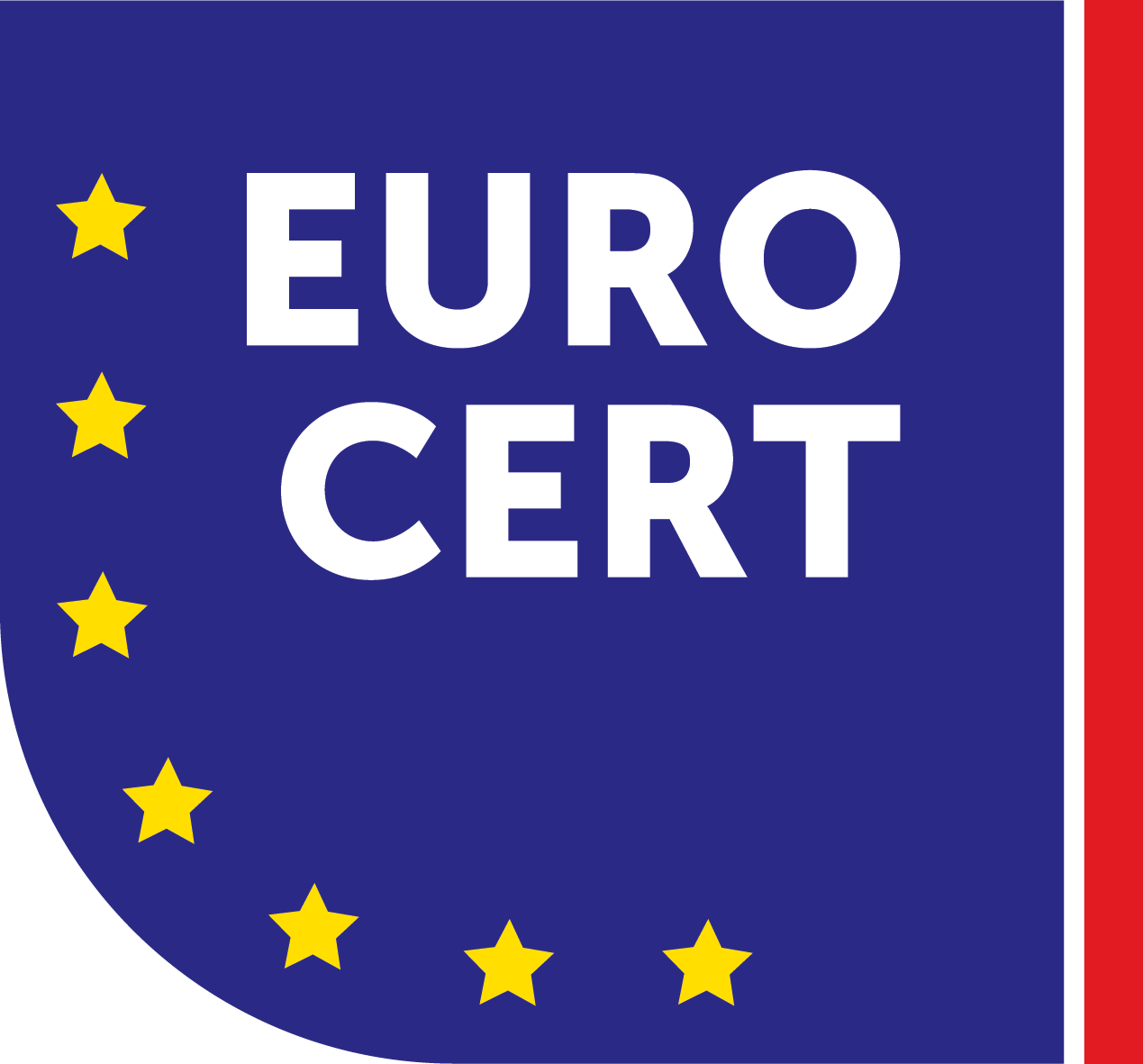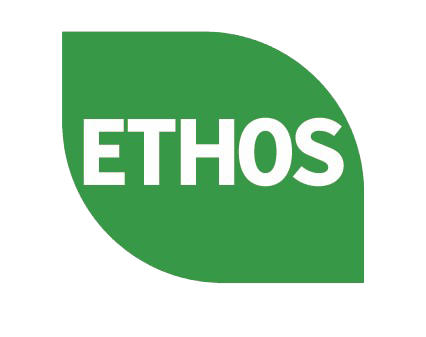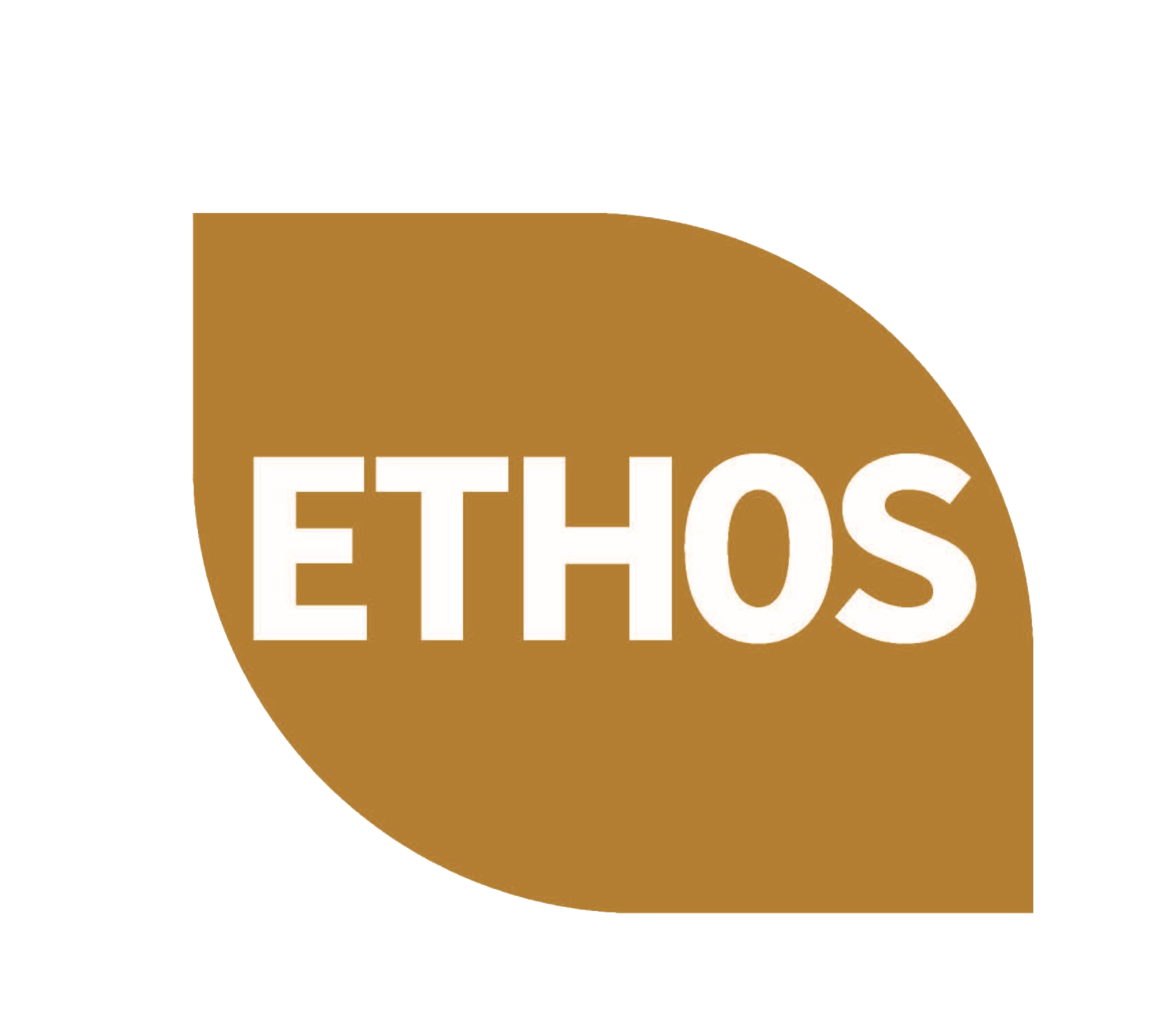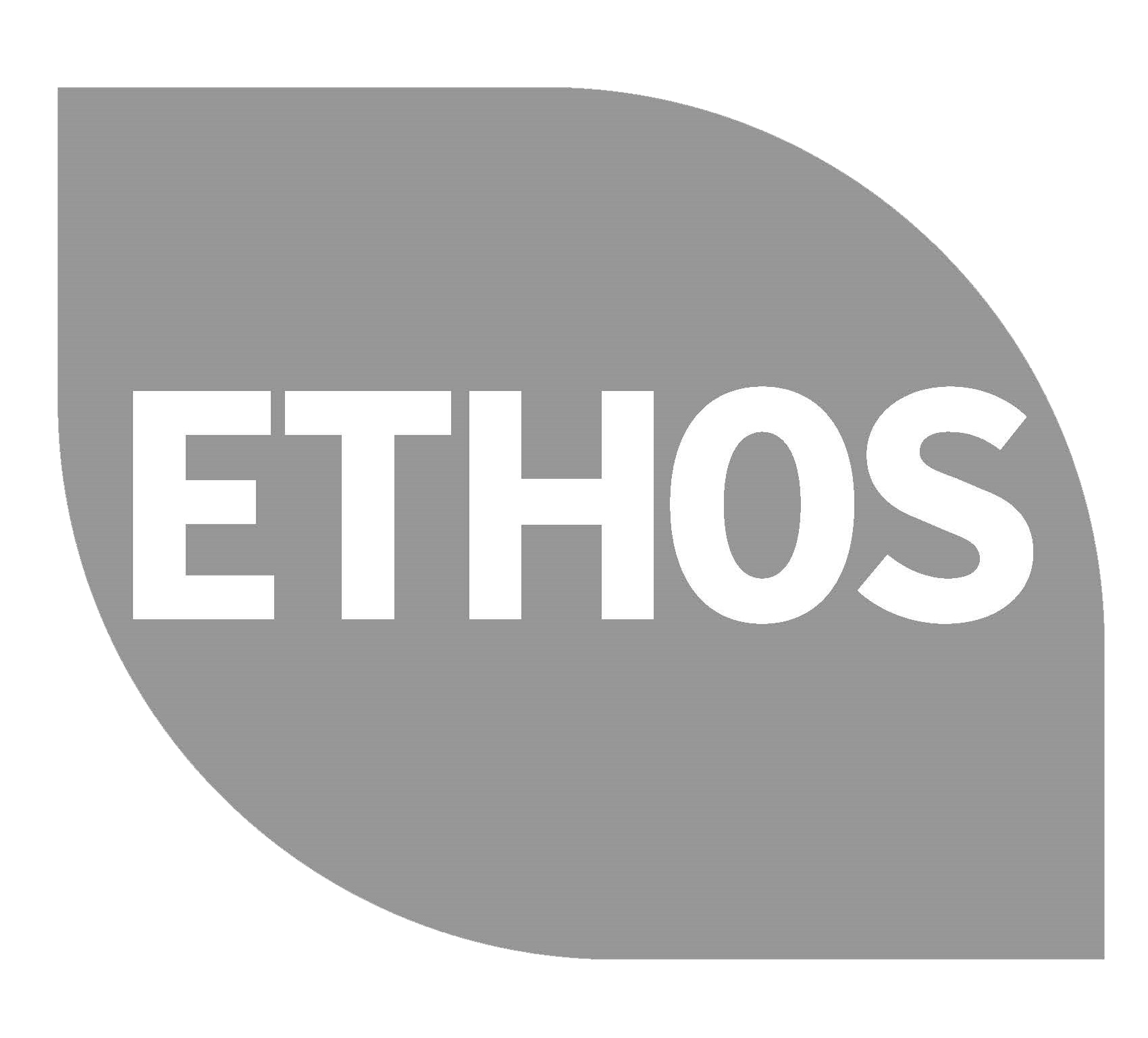

HPDC offers a HPD is a standardized report that is used to disclose the contents of building materials, as well as their possible human health effects and hazards. Health Product Declarations are developed by the requirements of the Open Standard, which describes the format and directions for reporting a product’s contents and the related health data. Furthermore, they are considered to be complementary to life cycle documentation, like Environmental Product Declarations. Based on scientific, toxicological, and epidemiological research, HPD reports include screenings that list product ingredients and associated hazards.
An interactive HPD Builder online, where product companies and manufacturers can publish HPD reports that are entered automatically into a free, public database. In order to be verified, reports must be in compliance with all requirements of the HPD Open Standard, represent all information accurately, and provide all relevant documentation. The output Health Product Declarations (HPDs) provide full disclosure of the potential chemicals of concern in products by comparing product ingredients to a set of priority “hazard” lists based on the GreenScreen for Safer Chemicals and additional lists from other government agencies.
The HPD Open Standard can be used in tandem with various green building programs and standards, including LEED, BIFMA, WELL, Clean Production Action, Google Portico, and Living Product Challenge.
Construction products play a critical role in creating safe and healthy indoor environments for building occupants. By using Health Product Declarations (HPDs) for their products, construction manufacturers can provide valuable information on the potential health impacts of the materials they use. This information allows designers, builders, and facility managers to make informed decisions and select products that promote the health and well-being of building occupants. HPDs can also contribute to achieving sustainability and wellness goals, as they enable manufacturers to assess the environmental impact of their products and take steps to mitigate negative effects.
The verification process for HPDs focuses on compliance with the requirements of the HPD Open Standard, confirming that the product’s formulation reporting matches provided documentation and is aligned with the Standard requirements, and ensuring that any non-disclosed proprietary information is accurately represented.
A Third-Party Verification is conducted as a desk audit of the HPD and its supporting documentation. This process does not require an onsite audit that would review a Bill of Materials, batch record, or an examination of the physical attributes of the product or included ingredients in regard to the final manufacturing facility. Verifiers do not conduct laboratory tests or other independent assessments of product contents or performance.
It's important to note that verification of an HPD is not a certification of the product or a declaration that the product is safer or deemed safer. Rather, it confirms the accuracy of the information disclosed in the HPD and compliance with the HPD Open Standard.
The validity period of an HPD is 3 years from the date of issue, after which it needs to be updated and re-verified to ensure the information contained in the HPD remains accurate and up-to-date. Manufacturers may choose to update and re-verify their HPDs more frequently to reflect changes in their product formulations or manufacturing processes. Additionally, any changes to the HPD must be communicated to downstream users such as specifiers, architects, and building owners to ensure they have the most accurate information.


The HPDC Third-Party Verification Program provides the following benefits:
- To Manufacturers – The Third-Party Verification program provides a reliable source for approved consultants who can help in preparing and verifying HPDs. It also gives manufacturers the opportunity to have their manufacturer-declared HPDs verified by an independent and recognized expert as fully compliant with the HPD Open Standard, providing their current and prospective customers with an added level of confidence in their products. The verification process also allows them to confirm their processes for creating their HPDs and allows greater confidence in the information provided by their suppliers.
- To HPD Users – Third-party verification provides a higher level of confidence in the information contained in a verified HPD. Using products with verified HPDs also provides additional opportunities to meet the requirements of programs requiring the use of independently verified information in completing their qualifying project plans (such as with LEED). Using verified HPDs also saves users the considerable effort of having to cross-check information themselves. Furthermore, by selecting materials with low VOC emissions and verifying their performance through laboratory testing and certification, building owners and occupants can improve indoor air quality and promote a healthier environment.
Eurocert is a Greek Independent Certification Body accredited by Greek and International Accreditation Bodies with offices in more than 15 countries in Europe and Asia. Eurocert possesses highly-trained and educated auditors with great expertise and experience in their field. In particular, EUROCERT is a verification body that possesses a high level of competence and experience to critically review and verify the HPD reports of a product against the requirements of the HPD Open Standard.
For more information, please refer to the website of HPDC: https://www.hpd-collaborative.org/approved-verifiers/

I am interested






